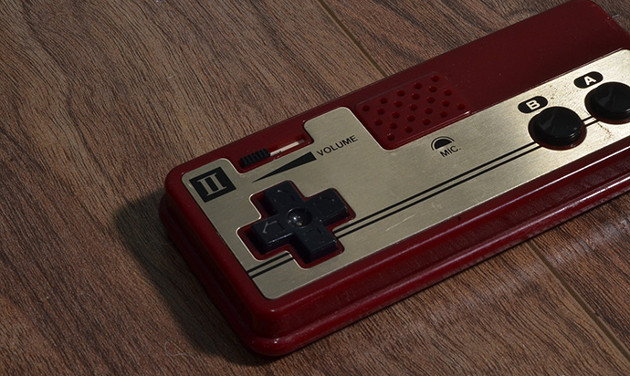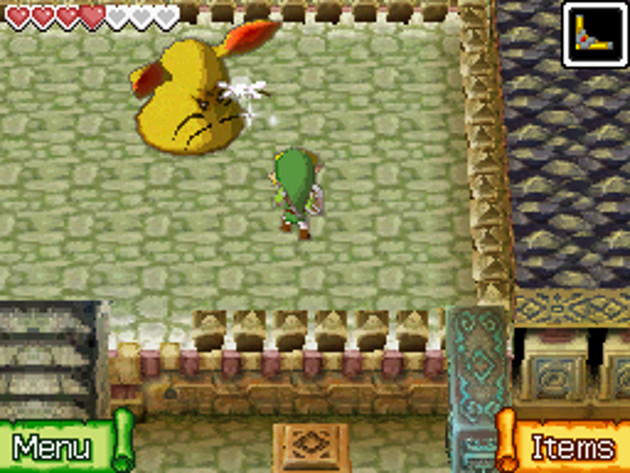The Japanese Version of The Legend of Zelda Used Voice Commands
When comparing the NES and Famicom versions of The Legend of Zelda, you’ll notice all kinds of little differences. In the North American version, the Zora sprite was more defined, making them much easier to find and fight. The Japanese version had much clearer hints, and wasn’t afraid to use words like “kill.” But while edits like these are par for the course, the Famicom version included some features that made localization a real challenge.
While the Famicom’s first-player controller was fairly similar to its American counterpart, the second-player controller had a completely unique feature: a built-in microphone. It functioned similarly to the microphone on the Nintendo DS; it could pick up sounds and would react when it was blown into. Not many games bothered to use the feature, but the Japanese version of Zelda found an interesting way to take advantage of it.
There are tricks to tackling many of The Legend of Zelda‘s enemies. You can only take out a Peahat after it’s stopped moving. Moldorm and Lanmola have to be killed one limb at a time. And, in the Famicom version of the game, Pols Voices can be instantly destroyed if the controller mic picks up sound.
Since it was impossible to include this trick in the NES version, players were given a new way to kill Pols Voices: arrows. Unfortunately, Nintendo forgot to pass along this information to the person translating the game’s manual.
(Many players, myself included, repeatedly tried to the Whistle against the Pols Voice before giving up in frustration.)
Although most players in Japan never developed a grudge against the Whistle, the voice commands caused complications there as well. The game has been released on a number of microphone-free systems, which means Nintendo has had to come up with a variety of workarounds. In the Japanese Game Boy Advance version, players are able to make noise by pressing the select button. For the Wii Virtual Console release, players had to rotate the right control stick. In the 3DS Virtual Console version, players can still destroy these critters via microphone, but they have to switch to controller 2 first.
Even though the voice commands have caused Nintendo plenty of headaches, Pols Voices have retained their weakness to sound. In Link’s Awakening, they can be defeated by throwing jars or bombs — presumably, smashes and explosions qualify as loud noises. In Oracle of Ages and Oracle of Seasons, you can destroy them by playing an instrument. And, in the Nintendo DS title Phantom Hourglass, voice commands reared their head once more. Players could stun Pols Voices by shouting into the DS’ microphone and attack before they regained their senses.
This probably felt like second nature to Japanese players, but for North American players, they were one of the most challenging enemies in the game.
The Famicom’s microphone didn’t set the world on fire, but The Legend of Zelda managed to use it in a legitimately interesting way. Sure, voice commands caused frustration and complicated the localization process, but they show how far ahead of its time the series really was.




I always tried to use the whistle on those things too. I didn’t get why it did nothing. I like how that controller looks more then the NES one but where’s the start and select buttons?
Controller I still had start/select buttons like normal. Only controller II had the mic!